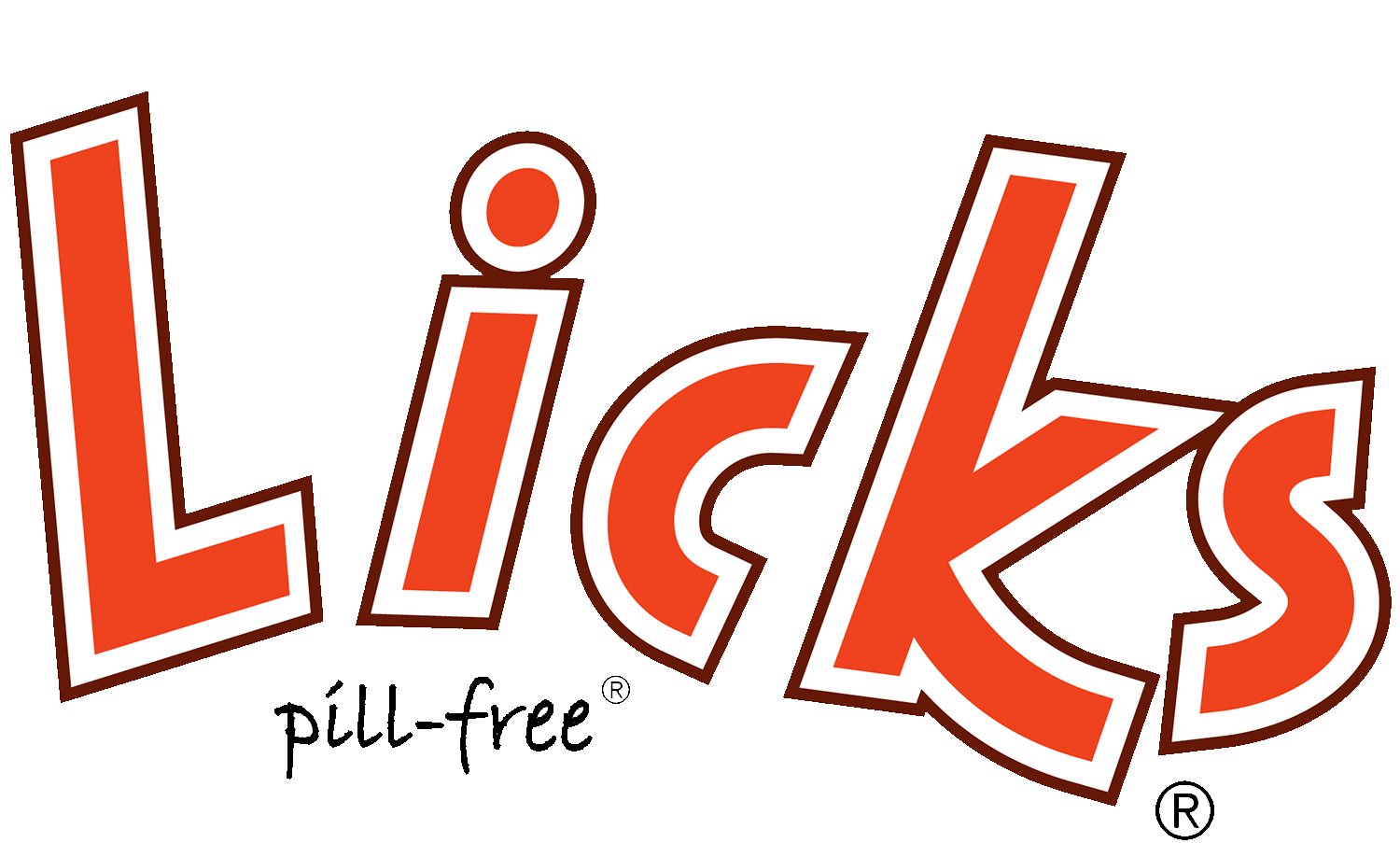5 Pet Dental Care Tips!
February is Pet Dental Health Month! Dental care for pets can often be overlooked and forgotten about- but dental health just as important to them as ours is to us! In this blog, we’ll go over 5 tips and tricks for keeping your pet’s dental health clean and up to date.
Use Preventive Maintenance
When it comes to preventative care- it’s much better to start as soon as possible when bringing home a new puppy or kitten. Teeth brushing is key for preventing Dental Disease. “One of the most effective ways to maintain your dog's dental health is through regular tooth brushing. Brushing your dog’s teeth with a toothbrush made specifically for dogs helps to remove food, bacteria and plaque before it hardens, calcifies and turns into tough-to-remove tartar. (1)” Not sure where to start? Download this simple guide to brushing your cat’s or your dog's teeth. (2)
Schedule Oral Health Exams
While regular brushing at home is crucial, it cannot replace the thorough examination and cleaning a veterinarian can provide. (2) Just like when we go to the dentist, you should “take your pet to the vet for an oral health exam every 6 months. The veterinarian will examine the teeth for tartar and the gums for inflammation (gingivitis) and will recommend specific treatments if needed. (1)”
Use Dental Chews
Dental chews are a great way to prevent buildup on teeth and help keep your pet’s teeth healthy. “A home care regime that includes daily toothbrushing, scientifically proven dental chews, and regular veterinary check-ups ensures you are doing your very best to maintain good oral hygiene for your pet. For dogs particularly prone to dental disease, you may wish to consider feeding a dry dental diet specifically designed to help reduce plaque and tartar build up. (2)”
4. Know the Signs of Dental Disease
It is important to know the signs of Dental disease so that you can treat your pet accordingly. Dental and Gum disease can be painful for your pet, and most will try to hide their pain from you. Some signs of Dental and Gum disease include (2):
Chewing on one side of the mouth
Bad breath
Trouble eating (especially if dropping food when eating)
Not playing with their favorite toys as often
Sneezing or nasal discharge
Bloody saliva
Weight loss
Lumps under the eyes or in the mouth
Receding gums
5. Consult with your Vet!
Dental care is personal! Dog dental care is different than cat dental care, and even different dog breeds may require different care. For example, small dog breeds are more likely to develop gum disease than larger ones. Your vet can recommend specific products to use at home on your pet for preventative care such as toothbrushes, toothpaste, dental chews, food, toys and more! Your veterinarian can also provide you with a custom at-home dental care routine to follow. This will help you develop a home tooth brushing schedule and leave out the guessing!



